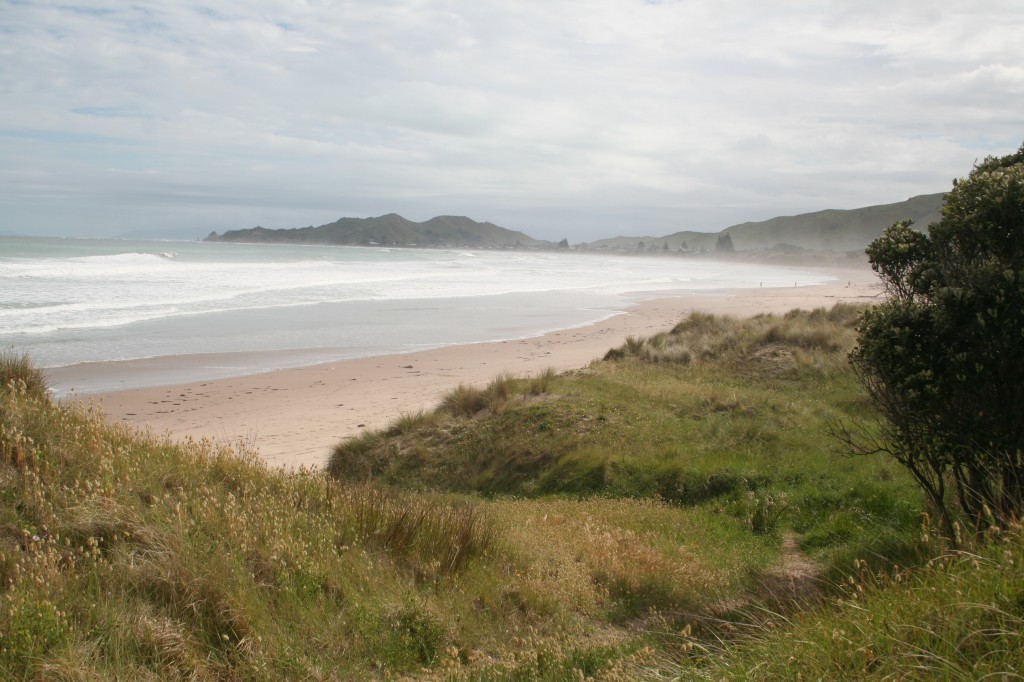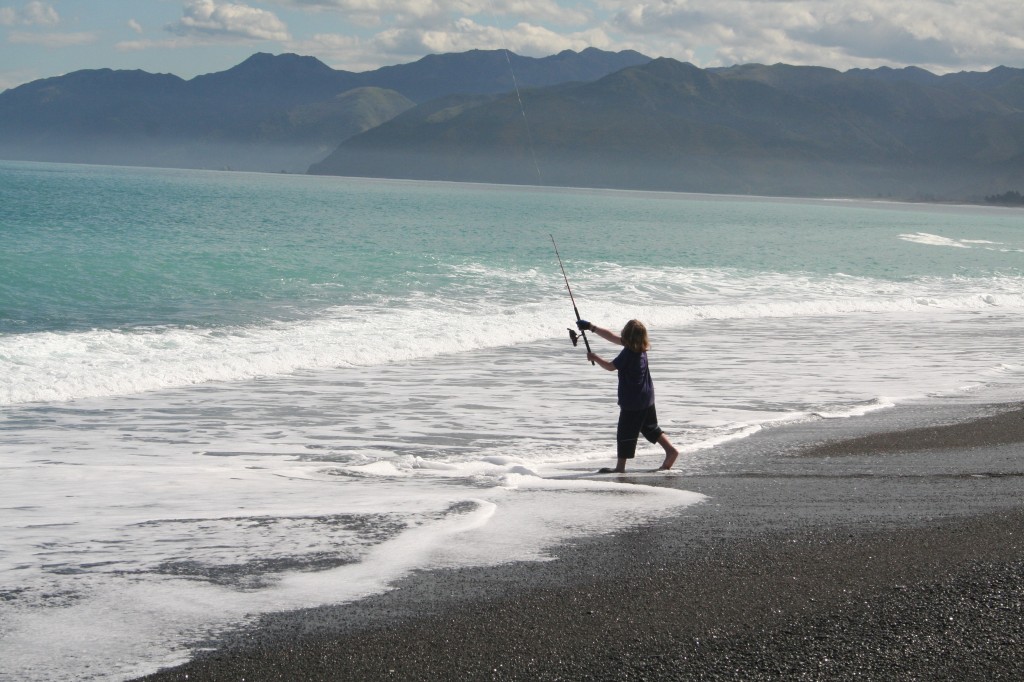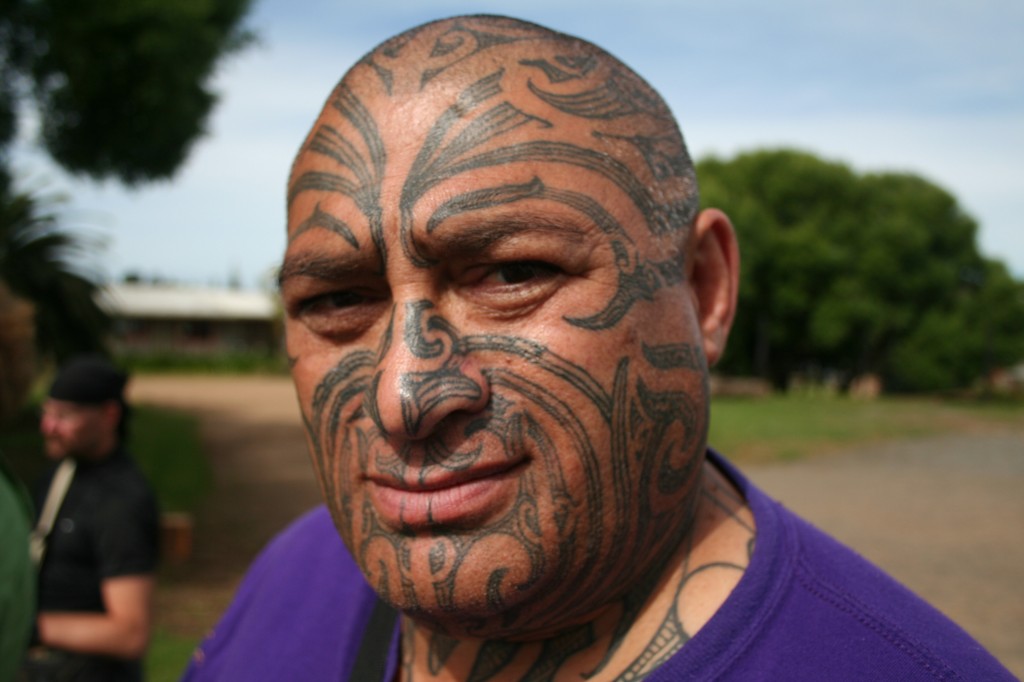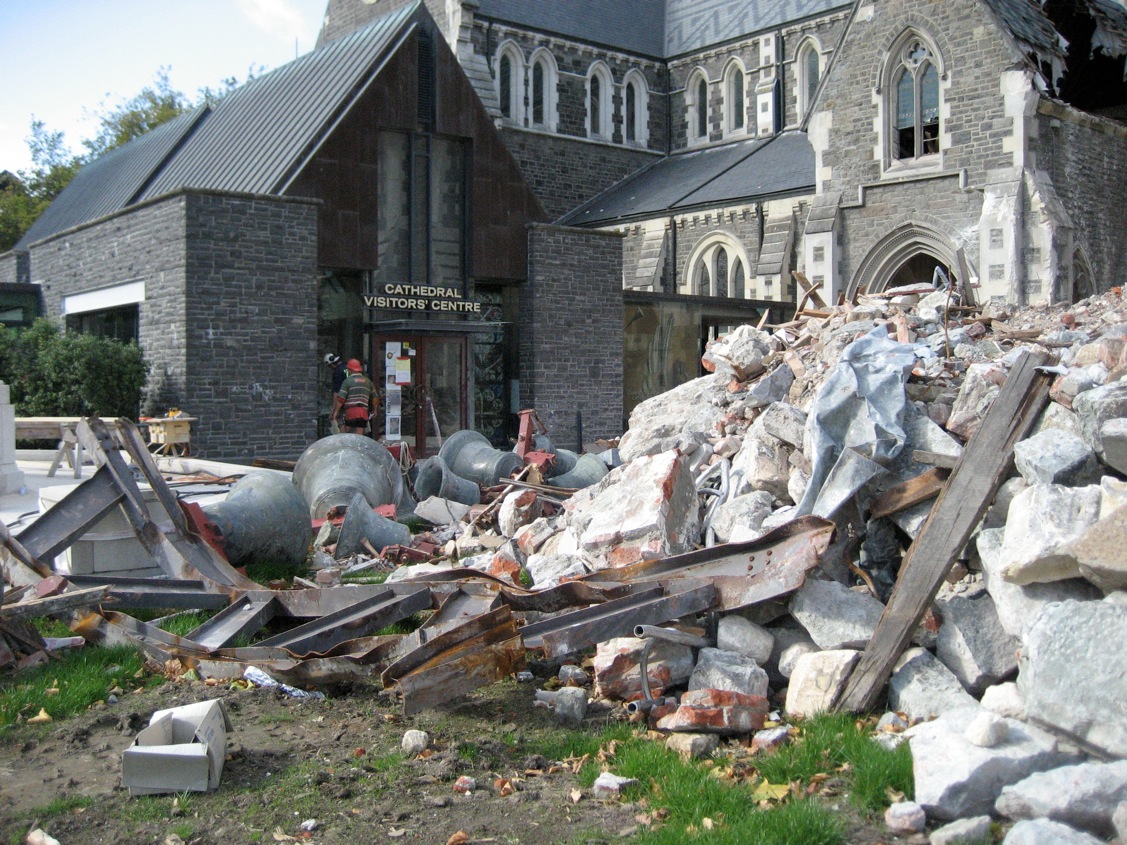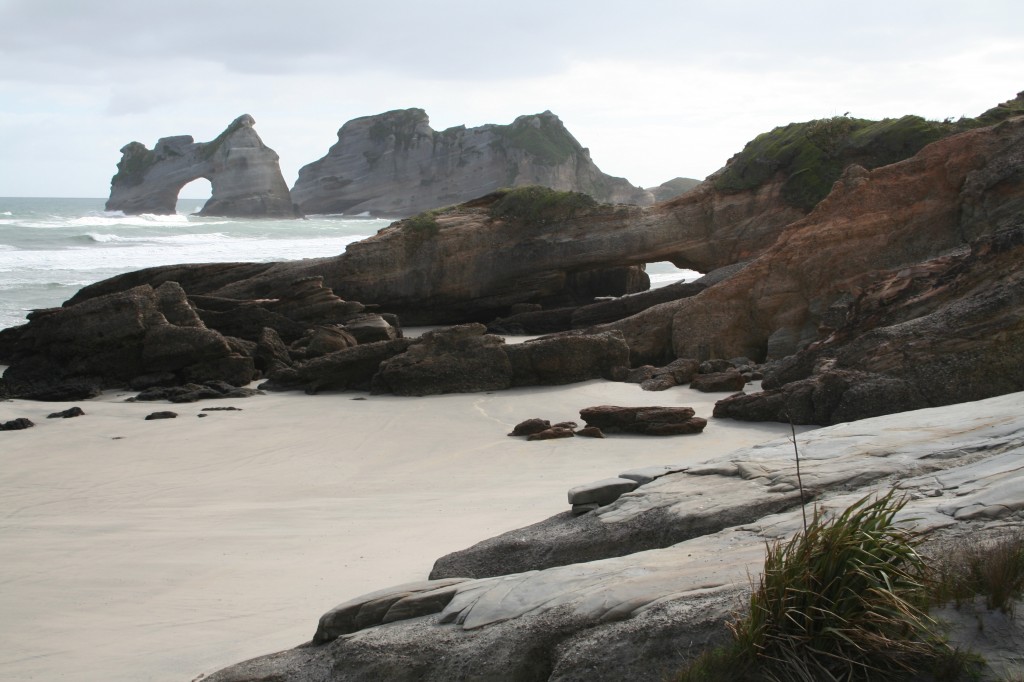Today we move to Gisborne, a community on the east coast of New Zealand’s North Island. Gisborne and the surrounding area have the highest concentration of Maori in the country. It’s also the place where Captain Cook first landed in New Zealand in 1769, a story our guide Anne McGuire told to us as we began our tour.
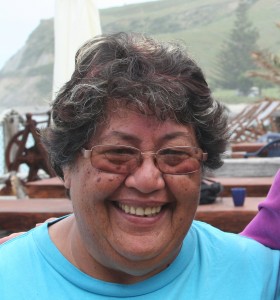
“When Cook and his crew returned to England, what they reported astonished the scientific community,” she said. “English botanists thought most species had already been discovered, and then Cook and his men told them of these islands on which almost every kind of plant and bird species was unfamiliar.”
Our group couldn’t have had a better guide to the region than Anne, a former school teacher who now owns Tipuna Tours. Anne is a delight—in fact, if I lived in Gisborne, I would beg to become part of her family.
If she agreed, I’d become part of quite a clan. Anne can recite her lineage going back 22 generations (given my memory these days, the odds of me correctly reciting even five generations back are pretty slim). I loved it when Anne started giving us the roll call of her ancestors in Maori, then stopped after a minute or two. “As you can see, it takes awhile,” she said with a broad smile. “I’d better stop now if we’re going to see much of the area.”
Anne took us to see the statue of Captain Cook that stands in Gisborne’s bay, as well as to Dive Tatapouri, where we waded into the water to feed wild stingrays. We saw Wainui Beach, one of the top ten surfing beaches in the world, and the Te Tapuwae o Rongokako Marine Reserve, which protects eight marine habitat types as well as an imprint in the rock that is said to be the footstep of the giant Rongokako.
My favorite spot was a nearby beach that is connected to the film Whale Rider, which I mentioned yesterday. If you haven’t seen Whale Rider, you owe it to yourself to do so. It’s a lyrical, beautifully filmed movie that tells the story of a young girl who must overcome the objections of her grandfather to take her rightful place as a tribal leader. The climax of the story is the girl’s response to the stranding of whales on the shore of their coastal village (I won’t tell you more, as you need to see the movie for yourself).
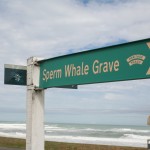
As we pulled up to the pristine beach, Anne told us the story of how in 1970, 59 sperm whales stranded themselves here for unknown reasons. “We consider the whale to be our ancestor, and the stranding was a terrible tragedy for our entire community,” she recalls. “It was the saddest thing I’ve ever seen. I was one of many who came to the beach to try to save them. I stood by a whale and cried and cried, and I could see that the whale was crying too.”
The Maori were unsuccessful in their efforts. All 59 of the whales perished, and their bodies were buried here on this windswept beach. The story of the stranding provided part of the inspiration for the story of the Whale Rider.
We left the beach and continued touring, ending our day with a bounteous feast shared with nearly a hundred Gisborne residents, who entertained us with traditional dances and singing. It was a lively and entertaining evening, but when I think back on our experiences in Gisborne, it is that windswept beach that I most remember. I’ve been to many holy sites hallowed by tragedy, from Normandy Beach in France to the Battle of the Little Big Horn in Montana. That beach had a similarly haunted air of sadness. I’m glad they remember and honor those whales, after all these years.
